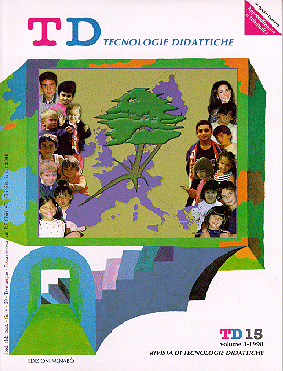Communication and cooperation in distance education for autonomy
Main Article Content
Abstract
Article Details
Section
Authors who publish with this journal agree to the following terms:
- Authors retain copyright and grant the journal right of first publication with the work simultaneously licensed under a Creative Commons CC BY 4.0 Attribution 4.0 International License.
- Authors are able to enter into separate, additional contractual arrangements for the non-exclusive distribution of the journal's published version of the work (e.g., post it to an institutional repository or publish it in a book), with an acknowledgement of its initial publication in this journal.
- Authors are permitted and encouraged to post their work online (e.g., in institutional repositories or on their website) prior to and during the submission process, as it can lead to productive exchanges, as well as earlier and greater citation of published work (See The Effect of Open Access)
References
Bottino R. M., Chiappini G., 1998, Teacher Training: new models and tools in the era of communication technologies, Proceeding of the WV IFIP Word Computer Congress, Gordon Davies (ed), Teleteaching 98, 31 August-4 September, Vienna-Budapest.
Bruner, J., 1985, Child’s Talk: Learning to Use Language ,W.W. Norton & Company.
Cole M.: 1985, ‘The zone of proximal development: where culture and cognition create each other’, in: Wertsch J.V. (ed), Culture, communication, and cognition: Vygotskian perspectives, Cambridge University Press, 146-161.
Campo-Moltavo E., Martinez-Orga V., Medinilla- Martinez N., Meziat-Luna D., 1998, Internet Support for collaborative learning in workgroups, Proceeding of the XV IFIP Word Computer Congress, Gordon Davies (ed), Teleteaching 98, 31 August 4 September, Vienna-Budapest.
Fortes M., 1973, “Social and pshicological aspects of education in Taleleand”, in J. Middeleton (ed), From child to adult: studies in the antropology of education, New York, Natural History Press.
Engeström Y. (1987), Learning by expanding. An activity theoretical approach to developmental research, Oventa Konsulktit, Helsinki.
OECD 98, Reviews of National Policies for Education: Italy, OECD Publication [OECD Code 911998061P1].
Vygotskij L.S. (1962), Thought and Language, MIT Press, Boston, MA.

